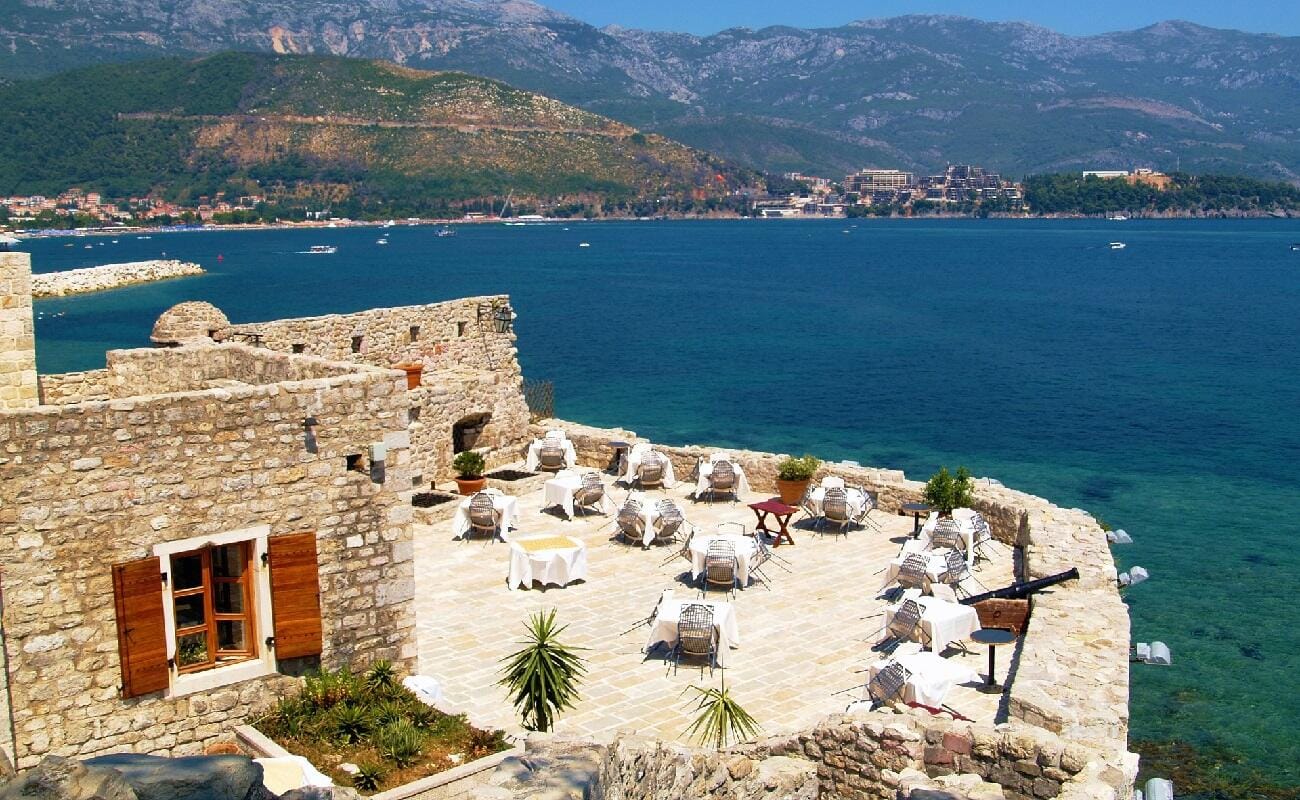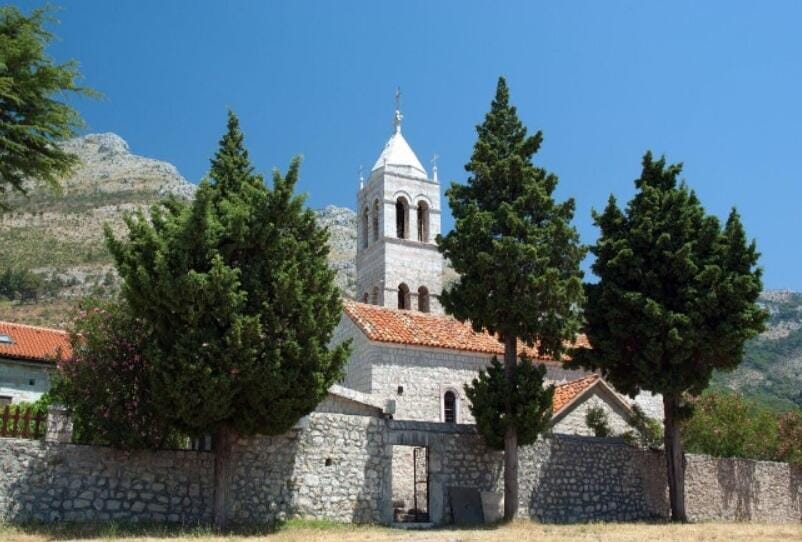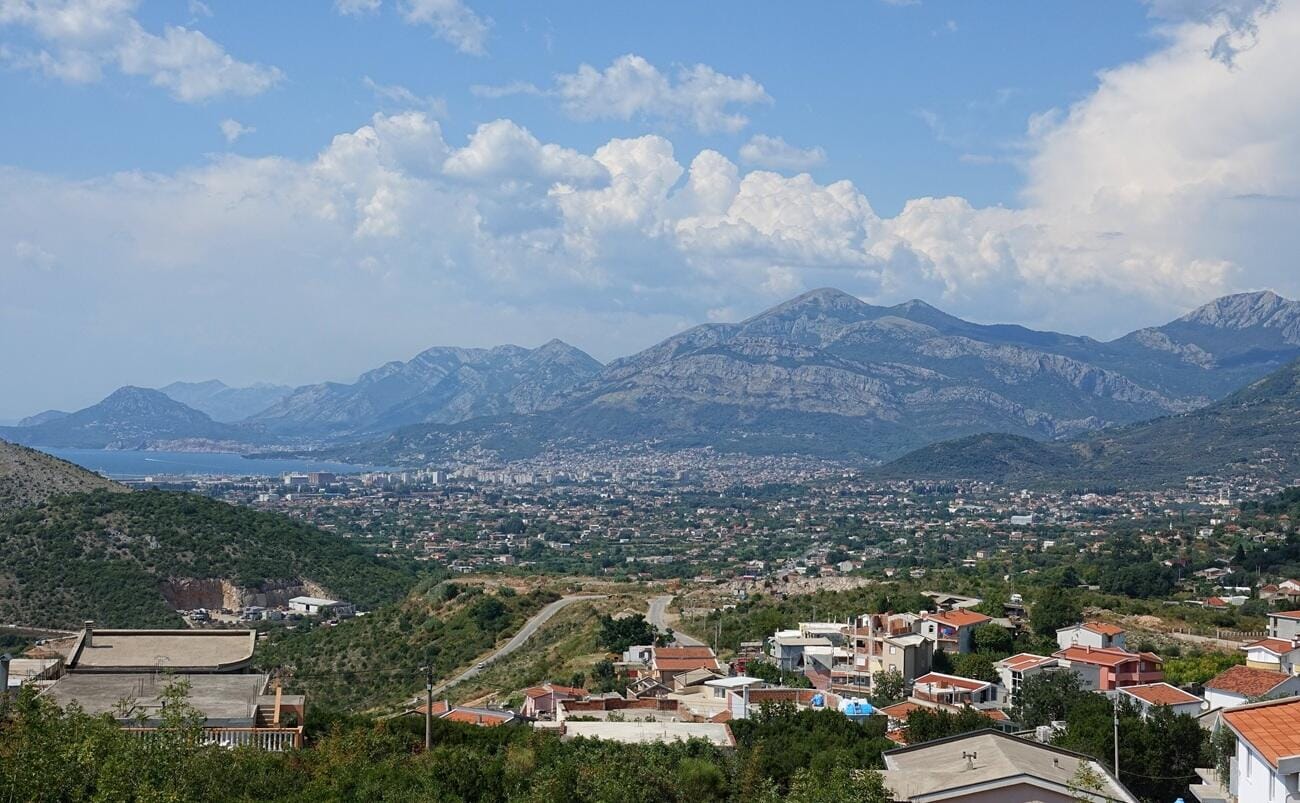
South Coast beaches is considered the finest in Montenegro, and perhaps the finest among all beaches in the Mediterranean – Adriatic region. Different cultures, religions, customs and traditions mingled in this area. The Orient meets the Christian West.
Bar is the center of municipality and a major seaport of Montenegro, coastal town in Montenegro and it has about 40,000 inhabitants. The Port of Bar is the most recognizable feature of the city. Bar is also the final station of the Belgrade – Bar railway, which connects Bar with Podgorica, northern Montenegro and Serbia.
Besides being Montenegro’s main seaport, Bar and its surroundings are also one of the most popular tourist destination. Today’s Bar is a modern city, built almost entirely after World War II, with modern buildings, wide boulevards and lots of parking space.
The entire area around Bar is mostly untouched nature, and is rich in vegetation. Many tourists choose destinations in other small towns in Bar municipality, notably Sutomore, with its beautiful long sandy beach.
The pleasant Mediterranean climate attracts a large number of tourists each year. With an average of 270 sunny days per year, Bar is one of the Mediterranean’s sunniest towns. The 44 kilometre long sea coast, including over 9 kilometers of beaches.
The town also served as the seat of the oldest religious institution of Montenegro (the Bar archbishopric), one of the world’s oldest olive trees grows here, the Old Olive of Mirovica, which is more than 2000 years old, King Nikola’s palace from 19th century, ruins of Bar Old Town.

Bar is an ideal destination for tourists who wish to relax on lovely beaches and enjoy the unspoilt environment, as well as for those wanting to visit the numerous cultural and religious sites or to spend their holidays engaged in various sports activities.
Bar the sea gate of Montenegro represents different confessions and nations, a mix of modernity, tradition and beauty. It is an important and dynamic economic centre within Montenegro, but is also a town of rich cultural and historical tradition. Some of the highest achievements of Montenegro’s civilization originated in Bar. The oldest written documents and the most important work of medieval Montenegrin literature and history can be found here.

Like most Montenegrin towns, throughout its history Bar has belonged to various civilizations and cultures. What makes it stand out among Montenegrin towns today is that it is representative of several of the cultures that it belongs to, and in some cases had belonged to for centuries.
Of all the cultural and historical monuments in Bar, the 19th-century King Nikola’s palace is the one that attracts the most attention. The palace was a present from King Nikola to his daughter Princess Zorka and his son-in-law Prince Petar Karadjordjevic. It consisted of a large palace, a little palace, a chapel, guard houses and a winter garden. In 1910 a spacious ballroom was built in the palace. As part of the palace, there is a park with many different species of Mediterranean vegetation, among them a cork tree.
Here, you can also find a large flower garden, made of a stainless steel structure of interesting shape, which was given as a present by the Italian king, Emanuel, and which is nowadays used as the restaurant called “Knjazeva basta” (“The Duke’s Garden”).
Nowadays, the palace building complex is used as the Homeland Museum of the City of Bar, as well as for festivals.
The Old town of Bar is the largest urban agglomeration in ruins in Montenegro. It is the witness of tumultuous historical events and medieval civilizations. It is 4 km away from the present-day city of Bar. It is located on a large rock and protected by cliffs on three sides. Along the western side it is protected by ramparts. The ruins of 240 buildings can be found in the city, with narrow winding streets and asymmetrical squares. Structures were made of hewn stone, with one or more floors.
There are also several ruins of church structures, that date from the Middle Ages, such as St. Theodora’s Church (later, St. Djordje’s Church), St. Nikola’s Church (later, St. Marko’s Church), St. Veneranda’s Church and St. Katarina’s Church, in the city.
The position of the Old Town of Bar provides visitors with the opportunity of enjoying watching the panorama of the green plain of Bar, the new part of the town, the harbour, open sea and the Mount Rumija massif.
The market place is a special attraction of the Old Town of Bar – salesmen dressed in traditional costumes offer customers domestic products and various handicraft products.

The Bar area is well known for its olive trees which number over a hundred thousand, most of which are over a thousand years old. In addition to the famous old mills, there was the “Brothers Maric Oil Factory” in Old Bar, where up to 20 tones of olives were refined daily and where the famous ’Bar oil’, which used to be exported to America, France and Germany, was produced.

No Comments